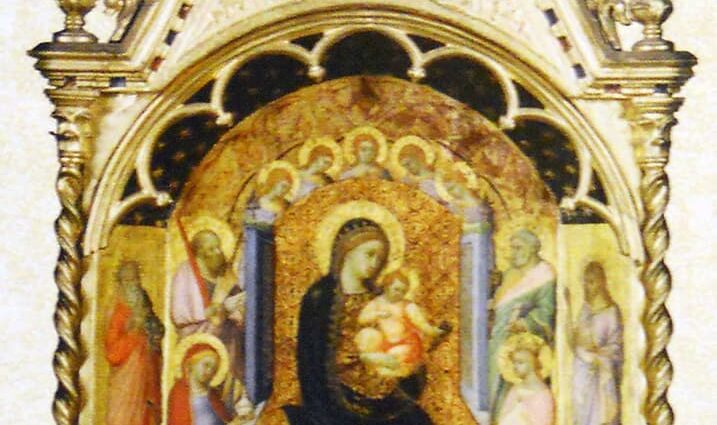The word saint ordinarily means a deceased person who believed deeply in Jesus Christ as Lord and who lived a holy life while on earth, and as a result, dwells forever with God in heaven. The person is not necessarily famous. One who fits this description and is not publicly acknowledged or honored is among those persons who are collectively celebrated in the annual feast of All Saints on November 1. God alone knows who exactly is in this category, but we can have a sense that a deceased person we have known or heard about is among these saints and belongs in this category.
The word saint also means, and to many people primarily means, one of those deceased holy people who is individually and officially recognized by the Church as holy and in heaven. Investigating the lives and virtues of candidates for sainthood, with the resulting possibility of the pope’s conferring the initial title of “blessed” and finally of “saint”, is a long and involved process called canonization.
There are thousands of officially listed saints, ones declared worthy of public honor. Each of these has and shares with many others, a saint’s day on an assigned date each year. Not all of these saints have passed through a formal canonization process, for many of them were recognized during the first millennium, when the process had not come about or when it was not much advanced. Being in the official group does not mean these saints are holier or closer to God than anyone celebrated on the feast of All Saints; it does mean that their status as saints in heaven is reliable.

